
Paguma larvata (scientific name: Masked Palm Civet) is a carnivorous animal of the family Viverridae and the genus Paguma. It has 16 subspecies and is commonly known as the palm civet.Paguma larvata lives in a family, often male and female, old and young, living in the same cave. They often move in...
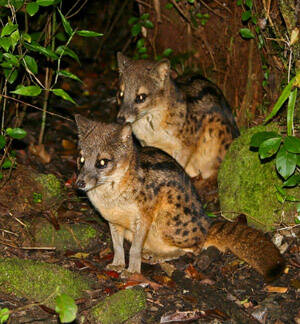
The Spotted Fanaloka (scientific name: Fossa fossana) is also called the Spotted Fanaloka, but it is not a cat. It is called the Spotted Fanaloka because some of its characteristics are similar to those of cats after it evolved to adapt to the jungle living environment. In the past, it was classifie...
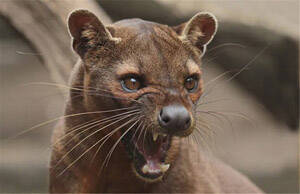
The mongoose (scientific name: Cryptoprocta ferox) is called Fossa in foreign language, and has no subspecies.The nests of the mongoose are hidden, and they are mainly active at night or at dusk, although they are occasionally observed during the day. They are solitary by nature, and usually act alo...
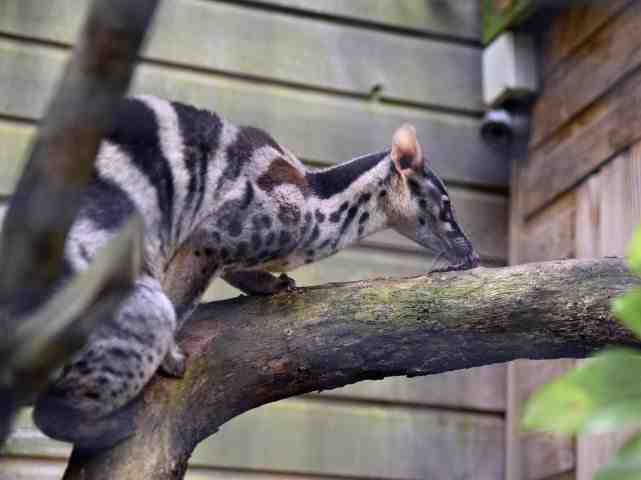
The Owston’s Palm Civet is a large terrestrial civet with no subspecies. It is very similar in appearance to its other relative, the Banded Palm Civet Hemigalus derbyanus. The only difference to the naked eye is the spots on the neck and limbs, but in fact the Owston’s Palm Civet has a narrower, e...
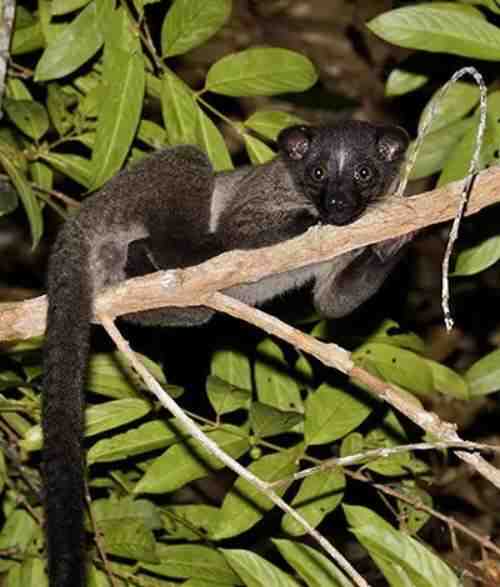
Small-toothed Palm Civet, also known as Small-toothed Palm Civet, has 14 subspecies.Small-toothed Palm Civet is usually found in primary and secondary forests, and even in heavily logged forest belts. They usually stay away from human settlements, but have been reported in coconut plantations. They...
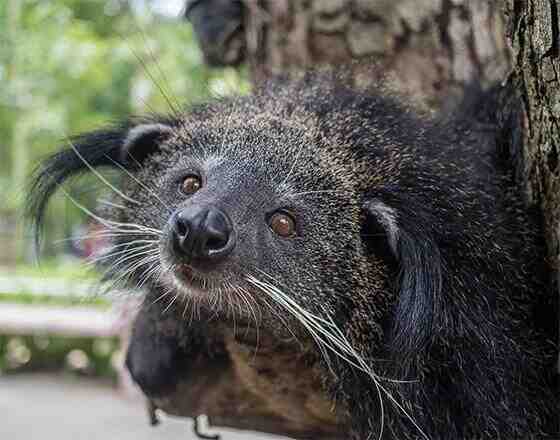
There are 9 subspecies of binturong, the second largest species in the family Viverridae.The binturong is the only animal in the family Viverridae with a prehensile tail. The tail has fluffy and rough hair, which can grasp and act as a fifth hand, and can be used to hang the body in mid-air by wrapp...

The body of the palm civet is slightly similar to that of the small civet, but it is more slender. There are 31 subspecies and it is a typical tropical forest-dwelling animal.The palm civet is nocturnal and occasionally active during the day. They live in a semi-arboreal environment, are good at cli...
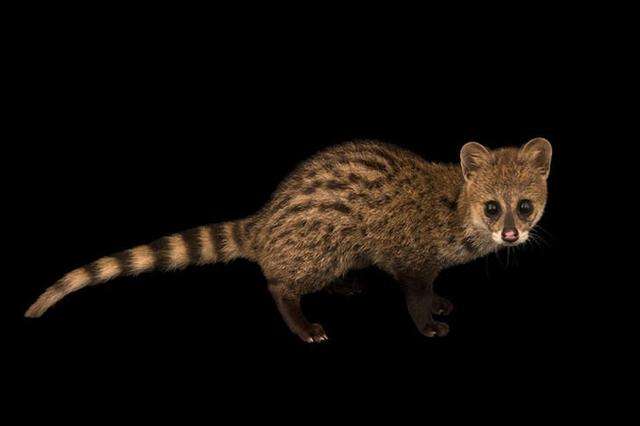
The small civet is a species of civet that is very similar to the large civet.The civet is a solitary nocturnal animal that hides during the day and comes out at night. The peak of its activities is mainly concentrated from 15:00 to 22:00 every night. It is alert and timid, agile, can swim, is good...
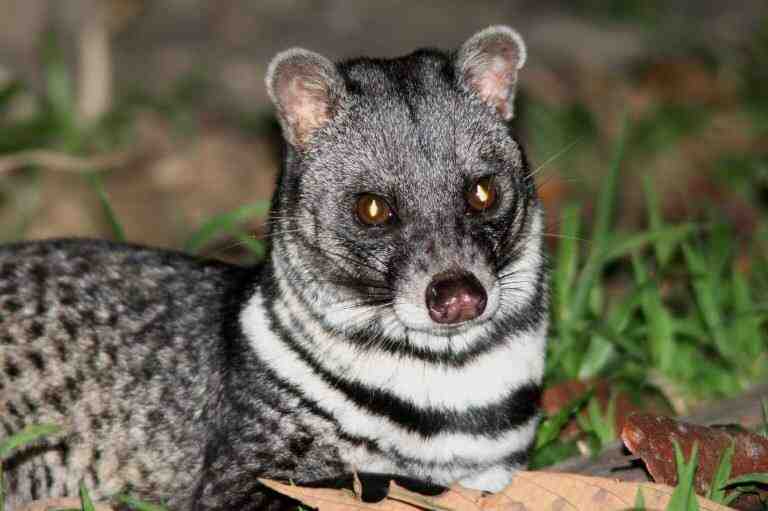
There are 12 subspecies of the civet cat.The civet cat is solitary by nature, likes to walk at night, is alert by nature, has very sensitive hearing and smell, hides during the day and comes out at night, is agile in action, has sensitive hearing, is cunning and suspicious, so it is called a fox cat...
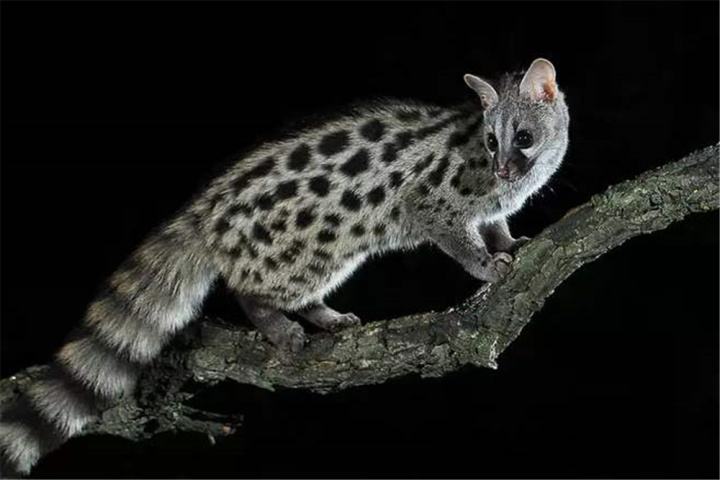
The Great Spotted Civet has no subspecies and is very similar to the Great Civet, except that the Great Spotted Civet has larger spots.The Great Spotted Civet often likes to move alone and usually forage at night. When night falls or before dawn, it is most active and moves quickly and...
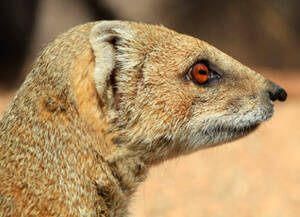
Yellow mongoose (Cynictis penicillata, G. Cuvier, 1829) is a carnivorous animal of the genus Cynictis in the family Viverridae. There are 12 known subspecies.The pen-tailed mongoose lives in groups, some go out to hunt insects, while others take turns on duty. When standing, they support their bodie...